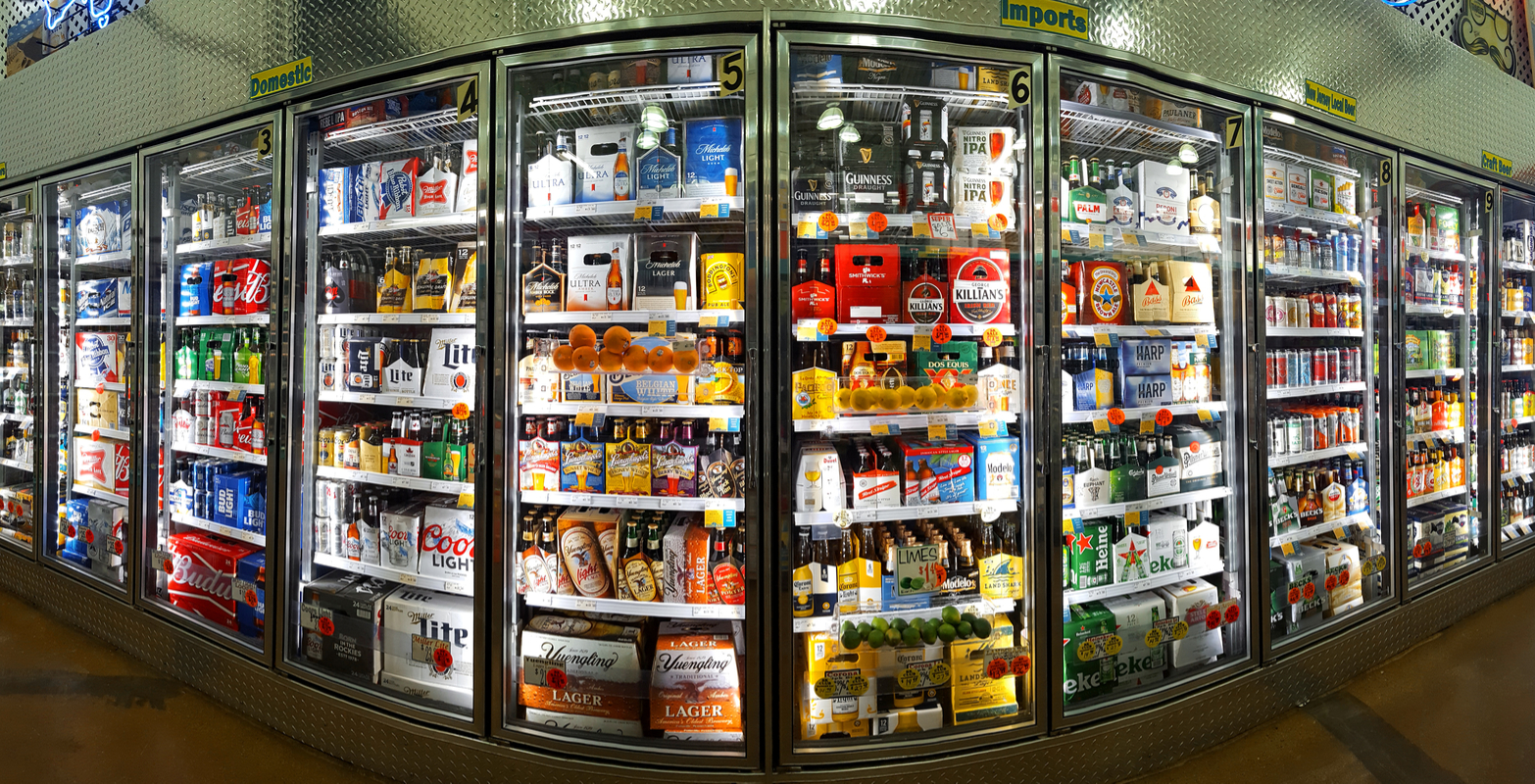As the retail landscape has evolved over the past two decades, so have ideas on how to best manage the beer category.
Shopper habits have changed. Expanding brick-and-mortar upstarts like dollar stores, discount retailers and discount grocers have amped up the competitive landscape in almost every market. And an explosion of new items — both in beer and outside the category – has brought new focus on the industry and given consumers additional choice, but complicated matters for retailers and shoppers.
Since 2012, the number of licensed breweries in the United States has tripled to nearly 9,000. The number of unique items has doubled to 20,000. And retailers are still struggling to make sense of it.
We checked in with Jeff Long, MillerCoors chief commercial solutions officer, to separate fact from fiction. Here are five myths of category management.
Putting the fastest growing items at the front of the aisle makes everyone trade-up to those products
False. Facing an endless array of choices on the shelf, consumers do their homework before they leave their homes. Most of them know what they’re looking for before they reach the beer aisle and that’s almost always based on the occasion. Are they unwinding after work by themselves? That could call for a trip to the singles door. Are they watching a game with a few friends? Sounds like a case of premium lights. Are they headed to a big backyard barbecue? Maybe a 12-pack import.
Segments should be grouped together to best capture drinkers’ occasions and encourage add-on purchases, Long says.
A majority of U.S. households are buying from a single beer segment
False. Only about 7% of shoppers buy exclusively in one segment. Which means the other 93% are buying a bundle of products – from premium lights to flavored malt beverages to craft to imports. And while Mexican imports have performed well in sales scans, only about 8.5% of households buy them, according to 52-week Nielsen Homescan data through February 23. For premium lights? It’s 13.2%. Any type of beer, for reference, was in 46.4% of households.
On top of that, penetration and sales vary wildly by state. For instance, while Modelo Especial has a 12.3% share in California, it captures no more than 6.3% share in any other state and averages just 3.6% overall, according to cross-channel data for 38 states tracked by Nielsen. In some states in the Northeast, Midwest and Mid-Atlantic, it’s less than 1%.
The message: “You need balance,” Long says.
Extending inventory on high-velocity items reduces out-of-stocks
False. This is a balancing act for retailers: Carry too little inventory of fast-selling items and they run the risk of running out; carry too much and they limit shelf space and increase out-of-stocks for other items, killing variety and sales. In order to grow the beer category, retailers should carry a balanced assortment that has an ample amount of options in every segment, all while protecting from out-of-stocks on the fastest-selling brands and packs, Long says.
The fragmentation in the category is coming primarily from mainstream and economy beers
False. It’s no secret that the beer category carries a superabundance of items, or SKUs (short for stock-keeping units). And many of them simply don’t move. According to third-party data analyzed by MillerCoors, just 3% of SKUs account for 80% of beers sales in the grocery channel. For convenience stores, it’s even fewer.
While some suppliers advocate culling SKUs in premium lights, premium regulars and economy beers, retailers do so at their own peril. A consumer looking for a 12-pack is looking for a 12-pack. A consumer looking for an 18 is looking for an 18. Different packs fit different occasions and if a consumer can’t find the right pack, very often they’ll walk. Indeed, more than half of beer buyers say retailers will lose sales if they don’t carry their preferred brand or pack.
The data bears this out. For instance, after a handful of major retailers pulled 18-packs and 20-packs from their assortments thinking consumers would simply trade up into 24- or 30-packs, they lost sales. And the number of households buying those brands declined. So while retailers “absolutely should keep on top of trends and offer what consumers are buying, they risk alienating higher-volume customers if they swap out the wrong items,” including fast-moving premium and economy packs, Long says.
Expanding items in the high end is the only way to drive category growth
False. While the above premium segment is leading the way with sales gains in the beer industry, not all high-end items are the same. Take craft. Craft brands fit perfectly with some occasions, Long says, but just 6.3% of craft items represent 80% of craft sales. In terms of productivity, craft represented the least-productive SKUs at retail between 2014 and 2017, per IRI data. Sales dollars per craft SKU in 2017 were $329, a fraction of the overall beer average of $2,180. Mainstream beers, meanwhile, sold $15,799 per SKU in 2017, per IRI.
Nielsen data paint a similar picture. Craft represents about 18% of sales dollars at retail, but comprises 26.8% of items sold. Imports hold a 21% share of sales dollars and an 18.1% share of items. Premium lights, meanwhile, represent 23% of sales dollars with just 11.2% of SKUs, according to Nielsen cross-channel data covering the 52 weeks ending May 25.
While retailers should carry above premium products and keep an eye toward innovation, balance is key, Long says.
“The bottom line is staying the course is not enough,” Long says. “We have to premiumize the beer category, but we need to bet on growth in all segments.”

